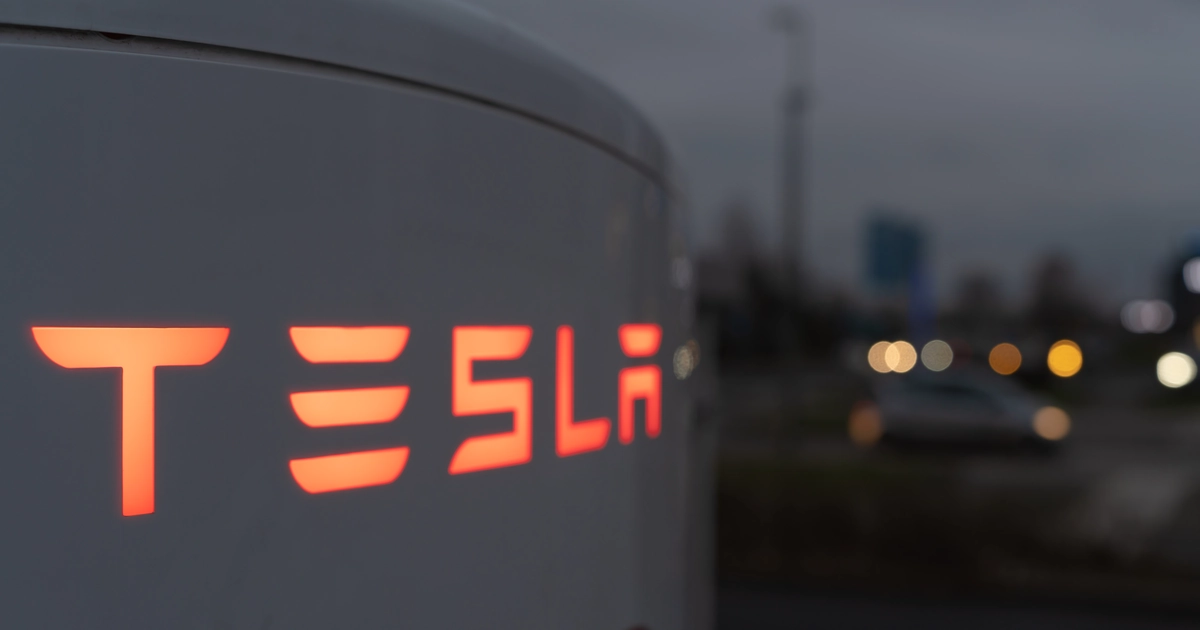Tesla's self-driving innovations are on the verge of fundamentally changing the concept of driving a car. This article delves into the details of Tesla's latest technology and explores how we will all be involved in its future.
Tesla's self-driving technology trajectory: from the beginning to the present
Autopilot Evolution: From First Steps to Innovations
In 2014, Tesla first introduced Autopilot functionality. Initially, "partially automated" features such as Lane Keep Assist and Adaptive Cruise Control were the main features, but over the years, the functionality has evolved. Currently,change of vehicle laneand ... andautomatic parking (e.g. car)and even fully automated driving in certain scenarios. This greatly reduces fatigue during long-distance driving and greatly improves driving safety.

Innovations in Remote Control: The Emergence of the Summon Function
In 2016, Tesla announced that itSummon Functionis an amazing technology that allows you to park your car remotely. Even in tight parking spaces or spaces where it is difficult to get in and out, the system can be operated from a smartphone to complete parking smoothly, and is especially popular among urban drivers. These small technological advances have the power to dramatically change our lives by eliminating everyday "inconveniences" in a single stroke.
Hardware Enhancements: A Further Leap Forward in the Second Generation
In late 2016, Tesla will have all of its vehiclesSecond Generation HardwareThe new system is equipped with a This dramatically improves the vehicle's processing speed and environmental recognition accuracy.More precise automatic operationand many models now allow the driver's hands to be taken off the wheel for worry-free operation.

Tesla's Challenge to Fully Automated Driving
The Path to Fully Automated Driving
fully automatic operationIn 2019, Tesla surprised the industry by announcing its specific production plans. AI, hardware, and software development is still underway, and a beta version of fully automated driving (FSD) is already available in some regions, allowing many drivers to experience the future.
Beta release and evolution of FSD
In 2020, Tesla will provide selected users withFSD BetaThe company has begun offering a new service. With this, automated driving in even more diverse scenarios is being tested. Based on user feedback, the functionality is constantly being improved, an important step toward realizing fully automated driving in the future.
FSD's price revision and its strategy
In 2022, the price of the FSD was raised to $15,000. This price increase symbolizes how much the market value of automated driving technology has increased. Tesla's FSD is no longer just an "option," but is expected to become a standard feature of future automated driving.

Evolution of Safety and Technology
Camera-driven automated driving technology
Notable among Tesla's self-driving technologies is its environmental awareness technology that uses only camera information. Traditionally, self-driving technology has relied on LiDAR and radar, but Tesla enables more accurate and flexible driving using only cameras.A leap forward in image recognition technology with AIThis allows them to see their surroundings as if they were seeing them with the human eye and react immediately, a great advantage.
Satellite communication improves reliability
Furthermore, in 2022, theSatellite Communication TechnologyThe reliability of automated driving has been further enhanced with the introduction of This enables safe driving based on accurate location information even in mountainous areas and buildings where GPS signals do not reach.
The Age of Letting Go and Driving
In some car models, driving with hands off the steering wheel (Hands off.is also a reality. This makes long-distance driving much easier, and Tesla has succeeded in dramatically reducing the burden on drivers.

Challenges of Automated Driving Technology and the Road to the Future
Legal and Technical Issues
One of the major challenges facing Tesla is legal issues. In order for fully automated driving to become a reality, each country mustImprovement of laws and regulationsis essential. The current legal system is based on the assumption that drivers are involved, so there is an urgent need to establish responsibilities and new traffic rules. Another important issue is the technical response to complex road conditions and unexpected situations. For example,Heavy rain and snow roadsThe technology is required to operate reliably and safely under severe weather conditions such as
Social Impact and Employment Concerns
Furthermore, the widespread use of automated driving isemployment problemmay cause a "major" problem. The rise of self-driving cars has raised societal concerns that the jobs of truck drivers and cab drivers may become unnecessary. Addressing these issues will require retraining and creating new occupations as technology advances.

Tesla's Future: Competition and Cooperation
Tesla will face further innovation and competition in the future. with other companies in the automotive industry.technical cooperationand ... anddata sharingis progressing and industry-wide standardization is being discussed. Tesla could bring about greater social change by not sticking to its proprietary technology and actively pursuing cooperation.

Summary: Tesla's vision of a future self-driving society
Tesla's self-driving technology will revolutionize the shape of mobility in the future. It has the potential to bring significant benefits to society as a whole by reducing traffic accidents, easing congestion, and shortening travel times. And the day we all benefit from it may come sooner than we imagine. Keep an eye on how Tesla continues to evolve in the face of increasing competition and how it will shape our future.










